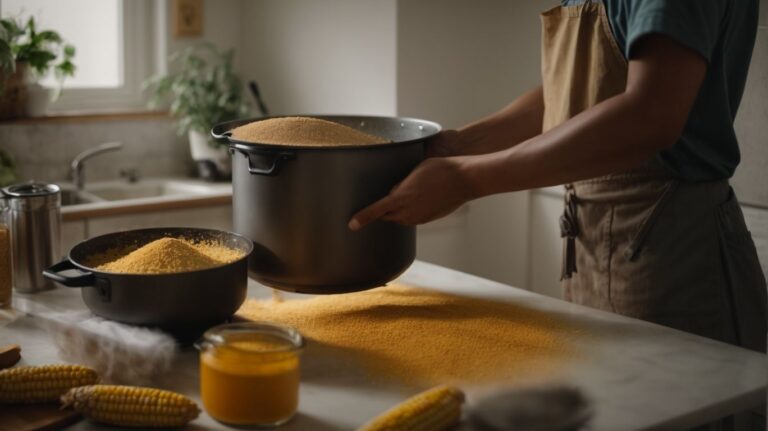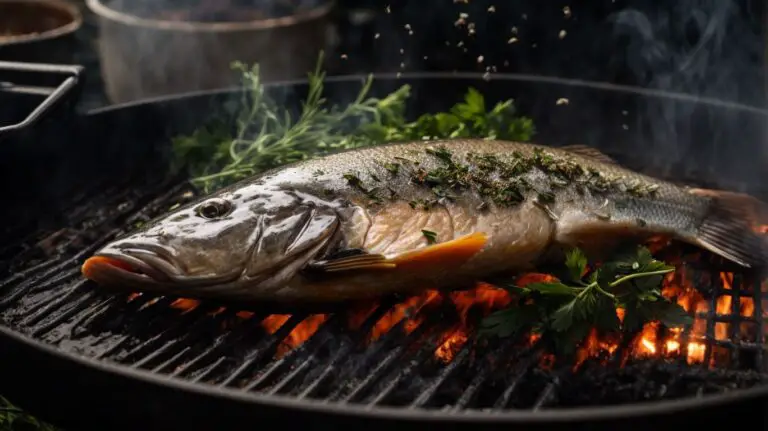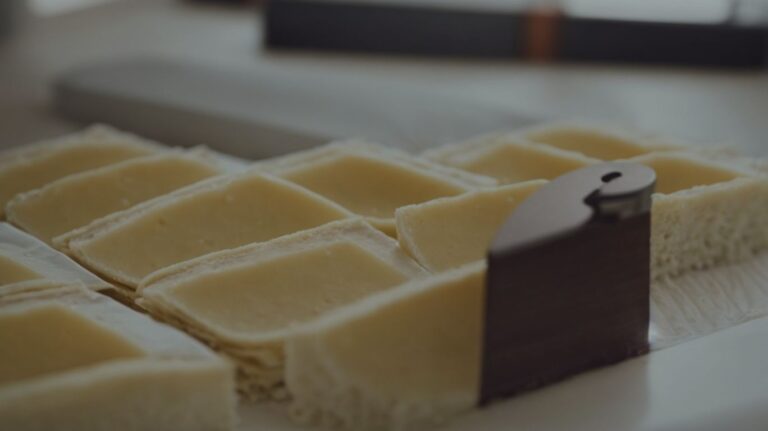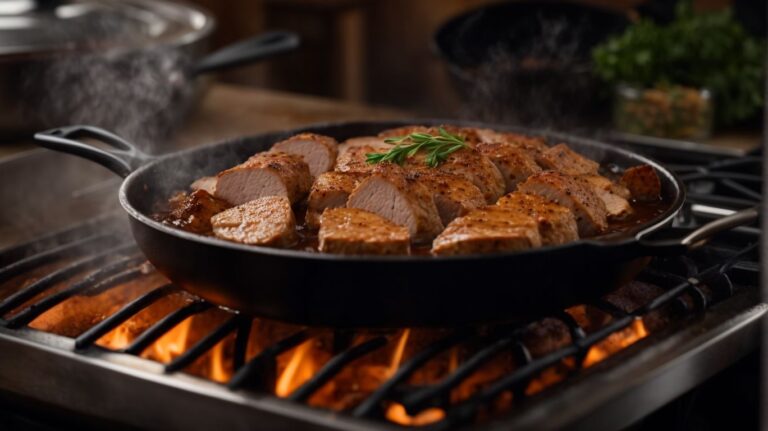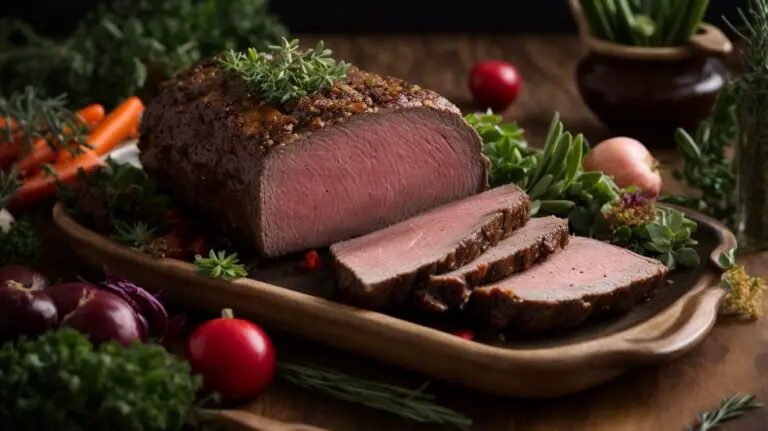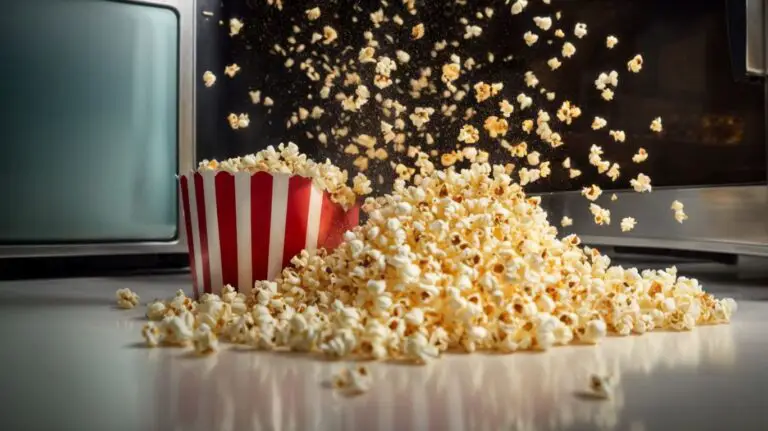How to Cook in Stainless Steel Without Sticking?
Looking to elevate your cooking skills with stainless steel cookware?
Discover the benefits of using stainless steel in the kitchen and what sets it apart from other types of cookware.
Get valuable tips on seasoning your stainless steel pans, choosing the right oil, cooking without sticking, and properly cleaning and caring for your cookware.
Get expert advice on cooking with stainless steel like a pro!
Key Takeaways:
Why Use Stainless Steel Cookware?
Using stainless steel cookware offers numerous benefits such as durability, versatility, and the ability to achieve ideal cooking temperatures for healthy meal preparation.
Stainless steel is known for its robust construction, making it resistant to scratches, dents, and corrosion, ensuring longevity in the kitchen. Its versatility allows for use on various heat sources, including gas, electric, and induction cooktops, making it a go-to choice for many cooking enthusiasts.
Stainless steel cookware distributes heat evenly, promoting consistent cooking and helping to avoid burnt spots or undercooked food. This uniform heat retention is critical in achieving the perfect cooking temperatures required for preserving nutrients and flavors in dishes, making stainless steel cookware an ideal option for anyone looking to prepare healthy meals.
What Makes Stainless Steel Cookware Different?
Stainless steel cookware stands out from non-stick alternatives for its durability, heat resistance, and compatibility with a variety of utensils.
One of the significant advantages of stainless steel cookware is its long-lasting nature. Unlike non-stick pans that require periodic replacement, stainless steel pots and pans are known for their robust build that can withstand heavy usage over time.
Furthermore, stainless steel exhibits excellent heat resistance properties, making it a versatile choice for searing, browning, and deglazing without impacting the integrity of the material.
Another standout feature is its compatibility with various utensils – from metal spatulas to wooden spoons, stainless steel cookware allows you the flexibility to use different tools without fear of damaging the cooking surface.
Preparing Stainless Steel Cookware for Cooking
Properly preparing stainless steel cookware before cooking involves seasoning the pans with cooking oil to enhance their non-stick properties and prevent food from sticking.
Seasoning the stainless steel pans before use is a crucial step that helps create a natural non-stick surface that improves in performance over time. Coating the pan with a thin layer of oil and then heating it helps to create a protective barrier against food sticking and provides a smoother cooking surface.
This process not only prevents food from adhering to the pan but also adds a layer of flavor to your dishes. It contributes to the longevity of the cookware by protecting it from corrosion and maintaining its quality.
Remember to re-season your pans periodically to keep them in top condition and ensure optimal cooking results.
How to Season Stainless Steel Cookware?
Seasoning stainless steel cookware involves applying a thin layer of oil to the pan and heating it at a specific temperature to create a natural non-stick coating that helps prevent food from sticking.
Start by choosing a high smoke-point oil like vegetable or grapeseed oil for seasoning. Apply a small amount to the interior surface of the pan, ensuring it’s evenly coated. Wipe off any excess to prevent a sticky residue.
Next, place the oiled pan in an oven preheated to around 400°F (200°C) for about an hour. This process polymerizes the oil, forming a durable barrier that enhances the pan’s performance.
What Oil to Use for Seasoning Stainless Steel Cookware?
When seasoning stainless steel cookware, it is recommended to use oils with high smoke points such as grapeseed oil or avocado oil to create a durable non-stick surface that helps prevent food from sticking.
These oils have high smoke points that make them ideal for the seasoning process, allowing them to withstand the heat needed to bond with the metal surface of the cookware. Plus grapeseed and avocado oils, other suitable options include sesame oil, coconut oil, and flaxseed oil. The key is to choose oils that can create a hard, slick layer on the pan, forming a protective barrier that enhances the cooking experience.
How to Cook in Stainless Steel without Sticking?
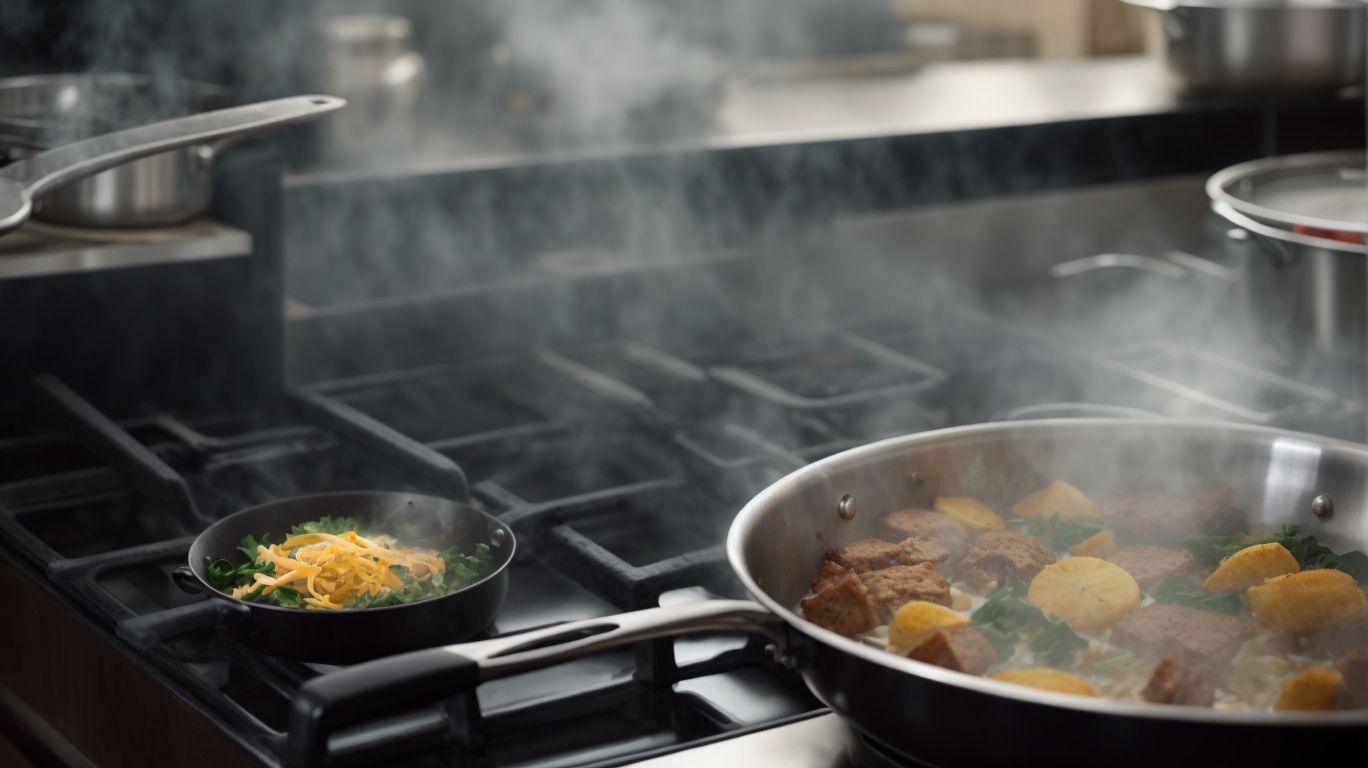
Credits: Poormet.Com – Douglas Wright
Cooking in stainless steel without food sticking requires proper cooking techniques, maintaining the ideal cooking temperature, and using heat-resistant utensils to prevent sticking issues.
When cooking in stainless steel cookware, it’s essential to preheat the pan properly before adding oil or food. This helps create a natural non-stick surface by allowing the pores in the metal to expand and prevent food from sticking.
- Ensuring that the cooking temperature is just right is also key to avoid sticking. High heat can cause food to bond to the pan, so adjusting the heat to medium-high or medium is often recommended for most dishes.
- Using silicone or wooden utensils instead of metal ones can help preserve the integrity of the stainless steel surface and further prevent food from sticking.
What Temperature to Cook at?
To prevent food from sticking when cooking in stainless steel pans, it is essential to maintain the cooking temperature within the recommended range suitable for the type of food being prepared.
Achieving the perfect cooking temperature is a key element in ensuring a successful culinary experience with stainless steel cookware. Different foods require different heat levels – for delicate items like fish or eggs, it’s crucial to start with a low to medium heat and gradually increase as needed. On the other hand, searing meats or stir-frying vegetables may call for higher temperatures to achieve that coveted caramelization. Consistency in temperature control helps in preventing food from sticking and ensures even cooking throughout.
How to Preheat Stainless Steel Pans?
Properly preheating stainless steel pans before cooking ensures even heat distribution and minimizes the risk of food sticking, requiring the use of heat-resistant utensils for safe handling.
Regarding stainless steel cookware, preheating plays a crucial role in setting the stage for successful cooking. By allowing the pan to heat up gradually, you create a uniform temperature across its surface, promoting consistent cooking results. This step is particularly important for searing and achieving that perfect golden crust on meats or vegetables.
Using heat-resistant utensils in conjunction with a preheated pan is essential to prevent damage to both your cookware and your food. Metal utensils specially designed for high-heat cooking provide the durability needed to maneuver ingredients effortlessly without causing scratches or unwanted reactions with the stainless steel.
What to Do if Food Starts Sticking?
If food starts sticking to stainless steel pans, performing a water drop test can help determine if the pan requires re-seasoning or applying a new non-stick coating to prevent sticking issues.
Before conducting the water drop test, ensure the pan is clean and dry to get an accurate assessment. Simply heat the pan over medium heat and add a few drops of water. If the water forms into beads and dances on the surface before evaporating, the pan’s non-stick properties are intact. If the water immediately spreads out and evaporates, it may be time to re-season the pan or consider applying a new non-stick coating.
Re-seasoning involves cleaning the pan thoroughly, applying a thin layer of oil, and baking it in the oven to create a protective layer. Alternatively, you can apply a new non-stick coating following the manufacturer’s instructions to restore the pan’s non-stick functionality and prevent food from sticking. Remember, proper maintenance is key to keeping your stainless steel pans in top condition and ensuring enjoyable cooking experiences!
How to Clean Stainless Steel Pans?
Cleaning stainless steel pans involves using mild detergents, non-abrasive sponges, and heat-resistant utensils to preserve the pan’s quality and prevent damage during the cleaning process.
After using the mild detergent, rinse the pan with warm water to remove any residue. For tough stains, consider creating a paste with baking soda and water, gently scrubbing the affected areas with a non-abrasive sponge.
It’s crucial to avoid harsh chemicals, like bleach or abrasive cleaners, as they can damage the pan’s surface. Always dry the stainless steel pan immediately after cleaning to prevent water spots or discoloration.
Tips for Cooking with Stainless Steel
Cooking with stainless steel pans successfully involves using the right utensils, avoiding sticky situations, and adjusting heat levels to prevent food from burning or sticking.
Regarding selecting utensils for your stainless steel pans, opt for wooden, silicone, or nylon tools to avoid scratching the surface. These materials are gentle yet effective in stirring and flipping food without damaging the pan’s finish.
When dealing with sticky situations, a common trick is to deglaze the pan with some liquid, like broth or wine, to release stuck-on bits. This not only prevents burning but also enhances the flavor of your dish.
To control heat levels effectively, preheat your pan on medium heat before adding oil or ingredients. This allows for even heat distribution and reduces the likelihood of food sticking. Remember, cooking with stainless steel is all about maintaining steady heat, so adjust as needed to avoid any mishaps in the kitchen.
Use the Right Utensils
Selecting heat-resistant utensils suitable for stainless steel pans is crucial for maintaining the pan’s quality and avoiding scratches or damage during cooking.
Using appropriate heat-resistant utensils not only safeguards the pristine finish of your stainless steel pans but also ensures their longevity.
When choosing utensils, opt for those made of materials like silicone, wood, or nylon that won’t scratch or chip the pan’s surface.
Remember that metal utensils can easily mar the pan’s exterior, compromising its overall durability and appearance.
Don’t Overcrowd the Pan
To prevent overcrowding issues and ensure even cooking, avoid placing too many ingredients in the stainless steel pan and use adequate cooking oil to facilitate the cooking process.
Overcrowding a stainless steel pan can significantly impact the cooking outcomes. When ingredients are too close together, they tend to steam rather than brown, resulting in uneven cooking. The heat distribution in the pan gets disrupted, leading to inconsistent results. This can particularly affect dishes that require searing or browning for flavor development.
Using sufficient oil is crucial when cooking in stainless steel as it helps conduct heat evenly, prevents sticking, and promotes browning. Without enough oil, the ingredients may end up sticking to the pan, making it difficult to achieve the desired texture and flavor. Ensuring proper oil coverage also aids in temperature control, allowing for better cooking precision.
Use Proper Cooking Techniques
Implementing proper cooking techniques such as searing, braising, and sautéing can enhance the flavor profile of dishes cooked in stainless steel pans, promoting the Maillard reaction for optimal results.
Regarding searing, the high heat quickly caramelizes the surface of the food, creating those irresistible browned bits that add depth and complexity to the flavor. The Maillard reaction, triggered by the precise temperatures stainless steel pans provide, is responsible for those rich flavors and aromas that make your dishes truly tantalizing.
Similarly, sautéing allows for the quick browning of ingredients while retaining their natural juices, ensuring a perfect balance of seared goodness and succulent tenderness. Pairing these techniques with stainless steel pans provides the ideal medium for achieving professional-level results in your culinary creations.
Be Patient
Practicing patience during the cooking process with stainless steel pans is key to achieving optimal results, especially when managing sticky situations or adjusting heat levels for different dishes.
When you encounter sticking food in your pan, resist the temptation to increase the heat aggressively. Instead, give it time to create its own natural release, which can prevent potential damage to your pan and ensure even cooking. Understanding the behavior of your pans across various recipes and heat settings is crucial for mastering the art of stainless steel cooking. By patiently experimenting with temperatures and observing how different foods react, you’ll gradually develop a keen intuition for achieving the best outcomes.
Frequently Asked Questions
What is the best way to cook in stainless steel without sticking?
To prevent food from sticking to your stainless steel cookware, always make sure to preheat your pan on medium or medium-high heat for a few minutes before adding any oil or food. This will create a non-stick layer on the surface of the pan.
Can I cook in stainless steel without using oil?
While using oil can help prevent sticking, it is possible to cook in stainless steel without it. Make sure to properly preheat your pan and use a good quality non-stick cooking spray or butter to prevent food from sticking.
What type of utensils should I use when cooking in stainless steel?
To avoid damaging your stainless steel cookware, it is best to use wooden, silicone, or nylon utensils. Metal utensils can scratch the surface and cause food to stick.
How do I clean my stainless steel cookware after cooking?
After cooking, let your pan cool down before washing it in warm, soapy water. Use a soft sponge or cloth to avoid scratching the surface. If there are stubborn food particles, soak the pan in warm, soapy water for a few minutes before washing.
Is it safe to use high heat when cooking in stainless steel?
Yes, stainless steel is a durable and heat-resistant material, making it safe to use on high heat settings. However, make sure to monitor your food and adjust the heat as needed to prevent burning.
Can I use acidic ingredients in stainless steel cookware?
While stainless steel is a versatile material, it is not recommended to cook acidic ingredients, such as tomatoes or vinegar, for long periods of time. The acid can react with the metal and affect the flavor of your food. It is best to use non-reactive cookware, such as stainless steel with a non-stick coating, for cooking acidic ingredients.


